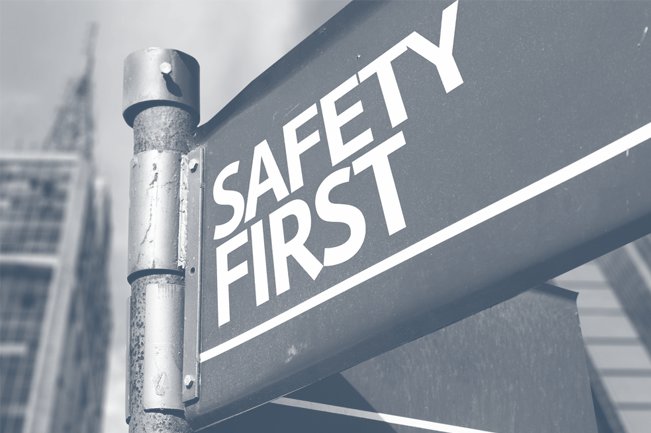Prescription Painkiller Abuse
Meet Karen, a 40-year-old mother who has had back pain for several years. Karen went to her primary physician and was prescribed a generic version of Vicodin. After taking the Vicodin for a few weeks the pain returned and Karen ended up at several pain specialists who gave her different forms and combinations of opioid drugs such as oxycodone, morphine, and hydrocodone. A few months later Karen was depressed and suicidal.
While this may seem extreme, stories like Karen’s are happening all over the United States, and many end in death. Between 1999 and 2012 nearly 48,000 women died of prescription painkiller overdoses. Many deaths occur from prescription painkillers binding to receptors in the brain which decrease perception. This can lead to feelings of euphoria and dependence which commonly end in depression. Because the drugs can cause sedation, they can also slow down breathing triggering a person to stop breathing altogether. Some say that this epidemic is a result of pharmacy theft, but the majority of deaths start with prescriptions from doctors.
The epidemic seems to have sparked from the greed of pharmaceutical companies. Certain pharmaceutical companies worked to rebrand their drugs as remedies for chronic pain. Most of these drugs were created and reserved for the use of end-stage cancer patients and were not tested on patients who were not in severe non-cancer pain. Sales have soared for these companies. Coupons were even given out for 30-day free trials. While the FDA cracked down on the majority of companies who were mislabeling, it has done little to make it inconvenient to obtain these strong prescription painkillers. In some states, consumers can simply call and request the prescription of most opioid drugs without having to see a doctor. The FDA has looked into changing the access of these drugs over the phone but stated that it is a complex, scientific, medical and legal issue, and that they are still in the process of reviewing comments from the public. Some health care providers feel that further regulations will inhibit and cause inconvenience for patients who truly need the medication.
The CDC recommends that States start using Prescription Monitoring Programs, also known as PDMPs, which are electronic databases that track prescriptions and the dispensing of medications to patients. PDMPs can give doctors a better idea of patients who are at potential risk of abuse or who are abusing currently. Health care providers can also be held accountable for their actions by setting up procedures and regulations that ensure that providers follow safe and effective prescriptions of painkillers. States can give aid by establishing laws to prevent drug abuse and doctor shopping. The FDA and the CDC have already taken measures to ensure that there is better access to treatment so that those who are struggling can receive the help they need.
Hopefully, in the future more awareness will be brought to this devastating epidemic. If you or anyone you know is struggling with substance abuse, do not hesitate to seek help. You can call (1-800-622-Help) or (1-800-222-1222) for more information.
